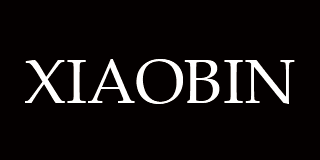Art Monthly 475
April 2024
Tim Head
Interviewed by Patricia Bickers
John Akomfrah
Interviewed by Chris McCormack
Radical Care
Louise O’Hare
Watching the Dictators
Bob Dickinson
Buy Now – select:
Want to read this right now?
Get instant access to the entire back catalogue via Exact Editions from only £8.99!
Contents
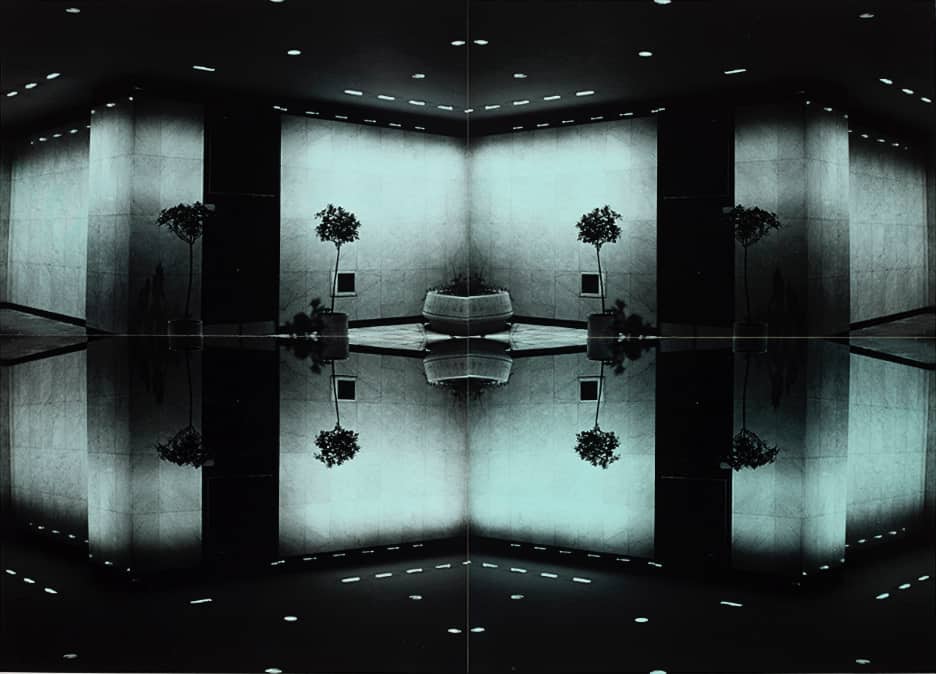
Tim Head, Transient Spaces 3, 1982
Interview
Hostile Spaces
Tim Head interviewed by Patricia Bickers
After lockdown I still had a sense that there was no uncontaminated space out there and that there was little space left for expansive or imaginative thinking – it was being ground down into a blatantly disreputable and dull mush, especially by those in power. I see a connection between these recent drawings of closed-off spaces and those I photographed in the 1980s.
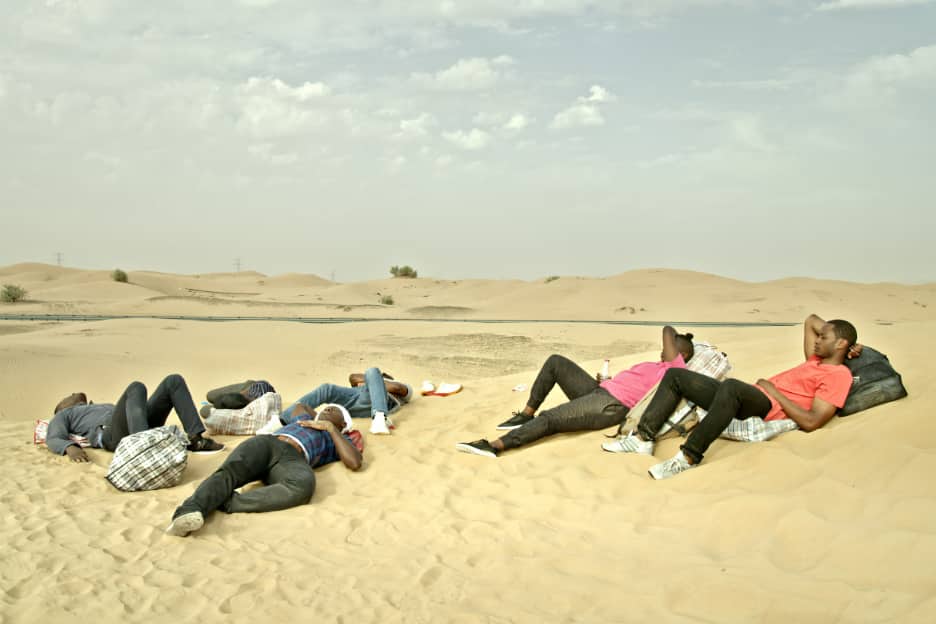
John Akomfrah, Four Nocturnes, 2019
Interview
Deep Listening
John Akomfrah interviewed by Chris McCormack
One thing that has become increasingly apparent is that the minute you agree to showing at the British Pavilion in Venice you also take on the brute fact of the history of the building, as well as agreeing to be populated, inhabited almost, by all these phantoms from previous exhibitions.
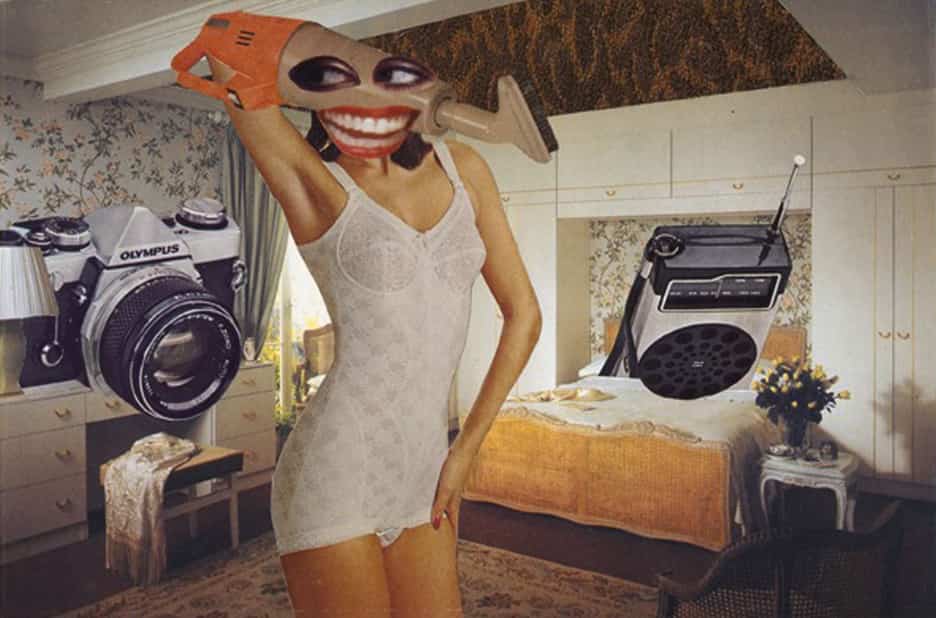
Linder, Untitled, 1977
Feature
Radical Care
Louise O’Hare on art and motherhood in times of war, political oppression and social inequality
ANGA pointed to the fact that Israel’s national presentation is dubbed a ‘Fertility Pavilion’, an investigation of ‘contemporary motherhood’ with ‘immersive environments that recreate “the home, the clinic, the museum, and an archaeological site” [...] while in Gaza, these places have been bombed to rubble’.
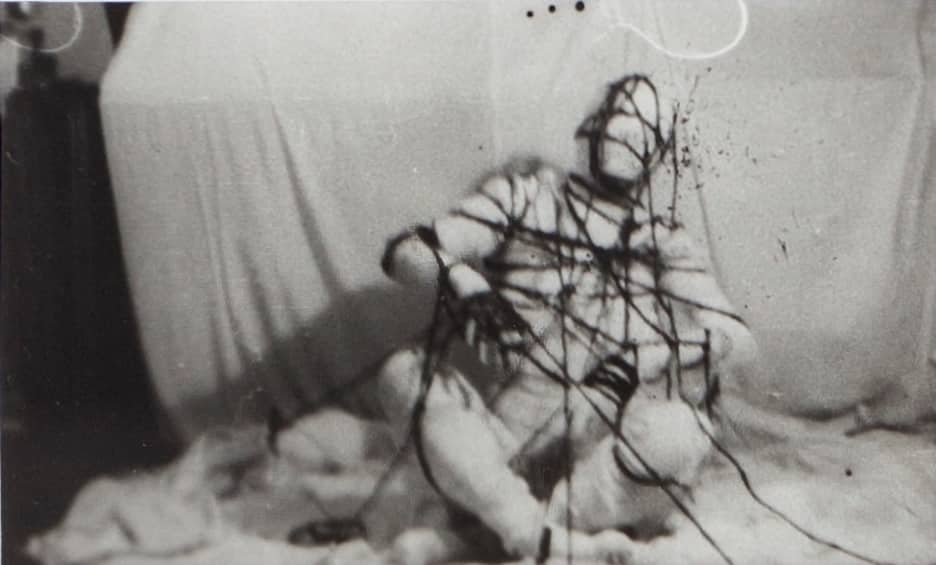
Lia Perjovschi, Annulment, 1989
Feature
Watching the Dictators
Bob Dickinson surveys the rise of authoritarian rule and charts feminist art practices that resist such forces
The rising number of authoritarian governments around the world bodes ill, not least for the future of human rights, democratic institutions and environmental preservation. Yet such regimes also see it as vital to regulate culture.
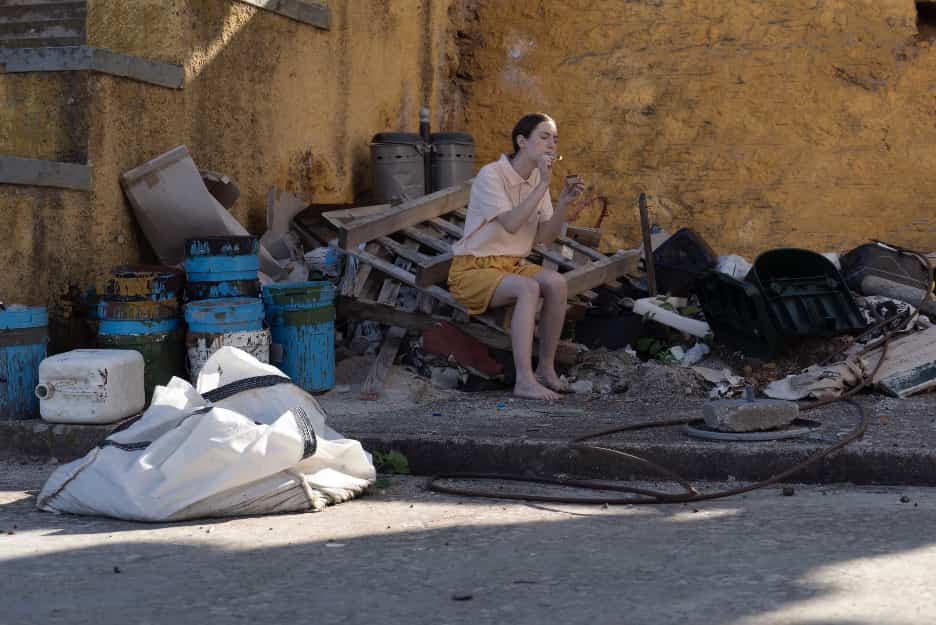
Jordan Strafer, NO SPANK, 2024
Profile
Jordan Strafer
Hannah Hutchings-Georgiou
At first, the doll self-portrait might be mistaken for a joke, a self-reflexive, meta-narratological statement that nods to the role toys, mannequins and prosthetics play, often disturbingly, in many of Jordan Strafer’s films.
Editorial
ITNOGG
It was Oliver Cromwell who first confronted MPs in Parliament with the immortal phrase: ‘In the name of God, go.’ The accusation, repeated twice more over the years by Tory MPs directed at their own prime ministers, signals a lack of leadership. When the current PM dithers over calling out racist death threats by his own party’s biggest donor, maybe the time has come to repeat it once more.
The leaders may change but the political culture remains the same: sleaze, rampant cronyism and corruption, unprecedented – in peacetime – levels of censorship introduced in the guise of ‘anti-wokeness’ and the government’s continuing culture wars. Now it is proposing swingeing new ‘anti-extremist’ measures targeting public bodies including charities, universities, museums and funding bodies like ACE.
Artnotes
Israel in Venice
Protest group ANGA calls for the Venice Biennale to cancel Israel’s participation; a portait of Lord Balfour is destroyed by pro-Palestinian activists; campaigners occupy the Barbican Centre with a guerrilla festival of Palestinian culture; against government ‘retain and explain’ policy, Bristol’s statue of slaver Edward Colston is to go on permanent display in a local museum rather than returned to its original plinth; the University of Houston cancels an artist talk under threat of protest by anti-abortion fundamentalists; Russian contemporary artists are raided in the run-up to the presidential ‘election’; the DCMS budget is reduced; Levelling Up funds are allocated to a handful of regional museum projects; a quarter of regional heritage organisations are forced to reduce their programmes for lack of funding; Birmingham and Nottingham cut all arts funding; Wales makes arts cuts; strikes close the Walker Art Gallery; plus the latest on galleries, people, awards and more.
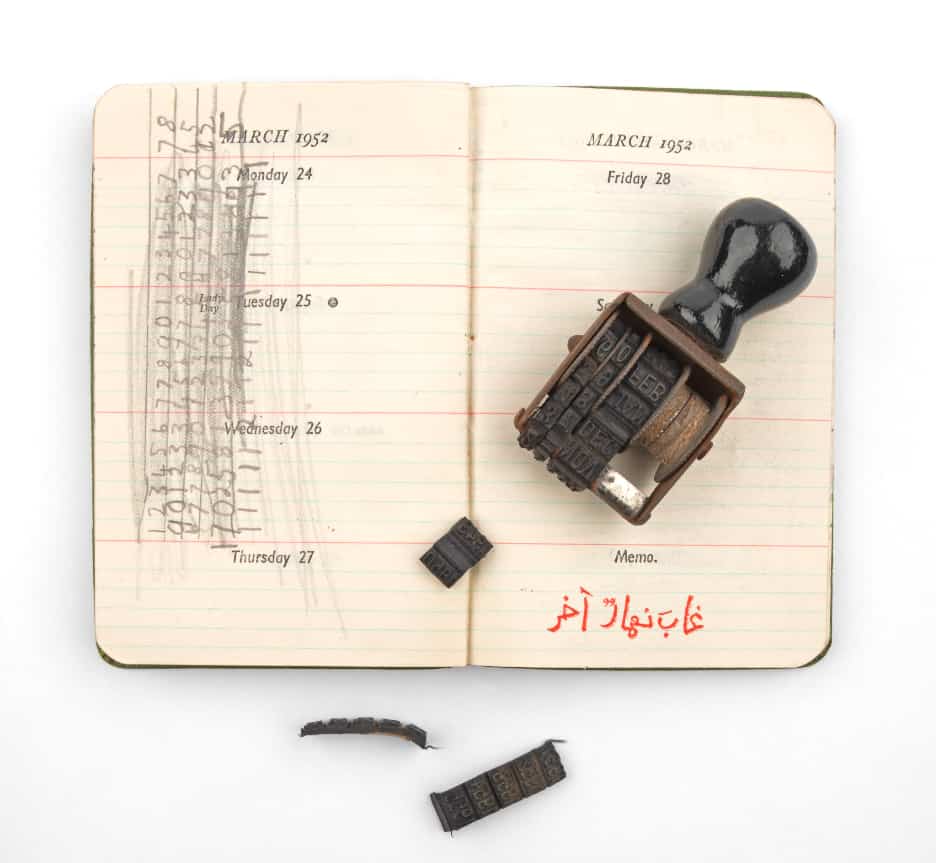
Issam Kourbaj, Another Day Lost, 2019, Kettle’s Yard and Hoeng Gallery, Cambridge
Exhibitions
Poetics of Encryption
KW Institute for Contemporary Art, Berlin
Martin Herbert
Linked Out: Logged In
Enclave Projects / Gossamer Fog, London
Jamie Sutcliffe
Yoko Ono: Music of the Mind
Tate Modern, London
Peter Suchin
Issam Kourbaj: Urgent Archive • You are not you and home is not home
Kettle’s Yard and Hoeng Gallery, Cambridge
Nick Thurston
Pia Arke: Silences and Stories
John Hansard Gallery, Southampton
Paul Carey-Kent
Clara Jo: Nests of Basalt, Nests of Wood
De La Warr Pavilion, Bexhill-on-Sea
Maria Walsh
Jane Jin Kaisen: Halmang
esea, Manchester
Elizabeth Fullerton
Stuart Middleton: The Human Model
Carlos/Ishikawa, London
Sam Moore
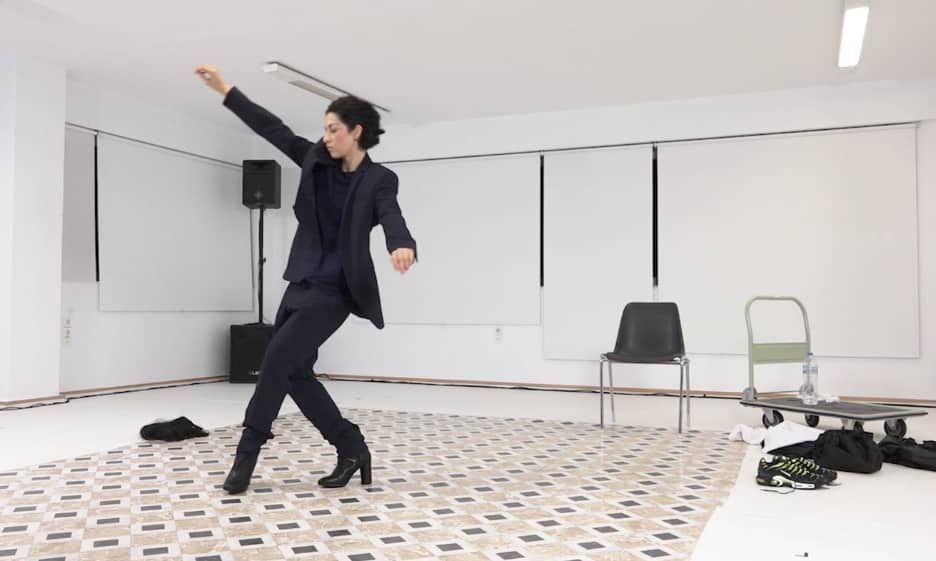
Dimitris Athiridis, exergue – on documenta 14, 2024
Film
Dimitris Athiridis: exergue – on documenta 14
George Macbeth
The film’s title refers to the inscription on the obverse side of a coin, often indicating the place and date in which a given currency was minted. It’s a well-chosen rubric for a film that bids us not only to follow the money, but also to study it in great detail.
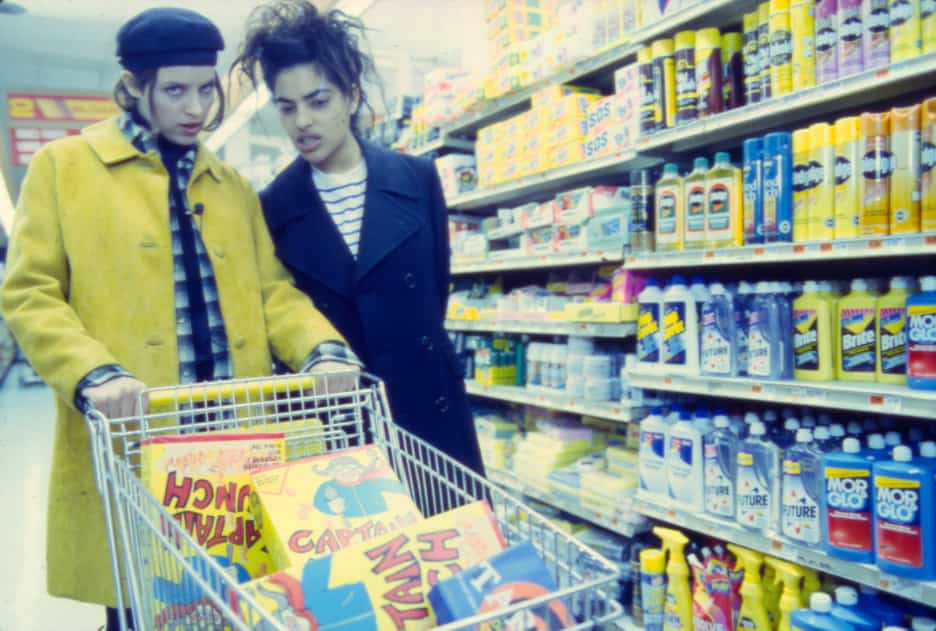
Shu Lea Cheang, Fresh Kill, 1994
Film
Shu Lea Cheang: Scifi New Queer Cinema, 1994–2023
Michael Kurtz
Shu Lea Cheang brings to queer culture a lesson learnt from sci-fi: technology is as apocalyptic as it is messianic, it augments rather than weakens mechanisms of domination.
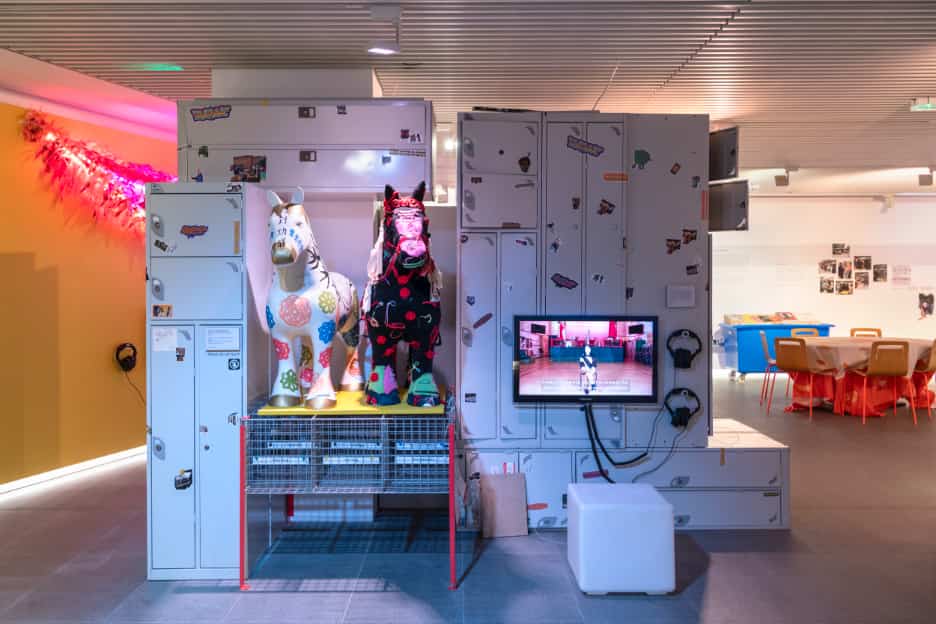
Resolve, You Get a Car [Everybody Gets a Car], 2024
Report
Resolve: You Get a Car [Everybody Gets a Car]
Mike Pinnington
Rather than simply clear the old building and syphon off what it could to existing networks, it was decided instead to work with Resolve to consider meaningful alternatives.
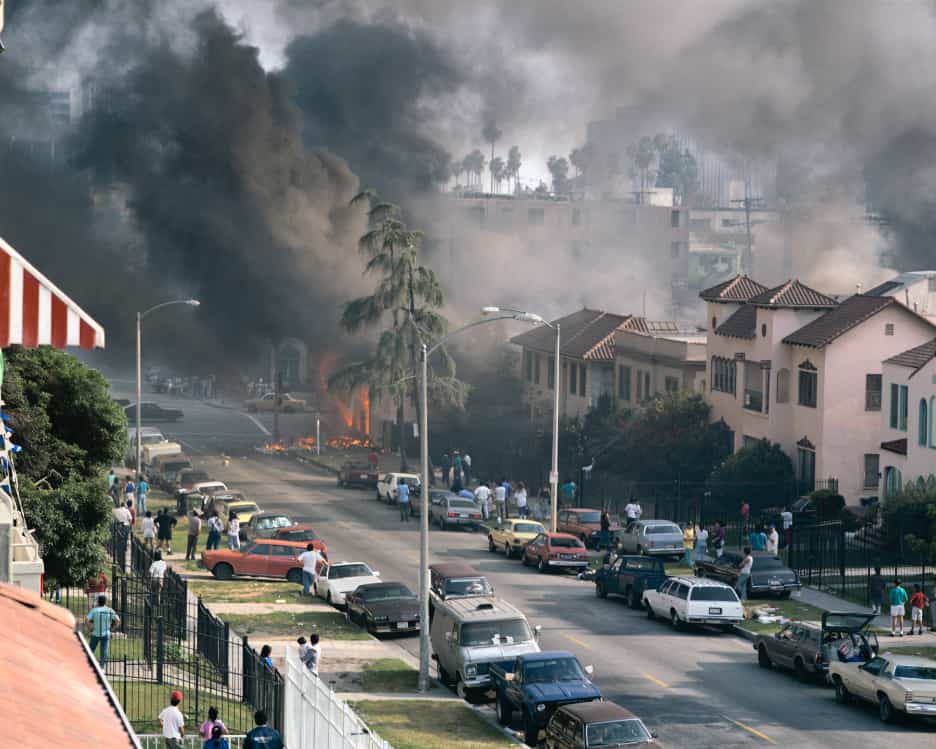
Catherine Opie, LA Uprising, Catalina Rooftop, 1992
Reports
Letter from Los Angeles
Dominic Johnson
Los Angeles is wildly gentrified, and though the mayor seeks to sanitise it the city still retains some of its transgressiveness. A current major form of this is the daring intervention by hordes of artists who have claimed an unfinished skyscraper in DTLA.
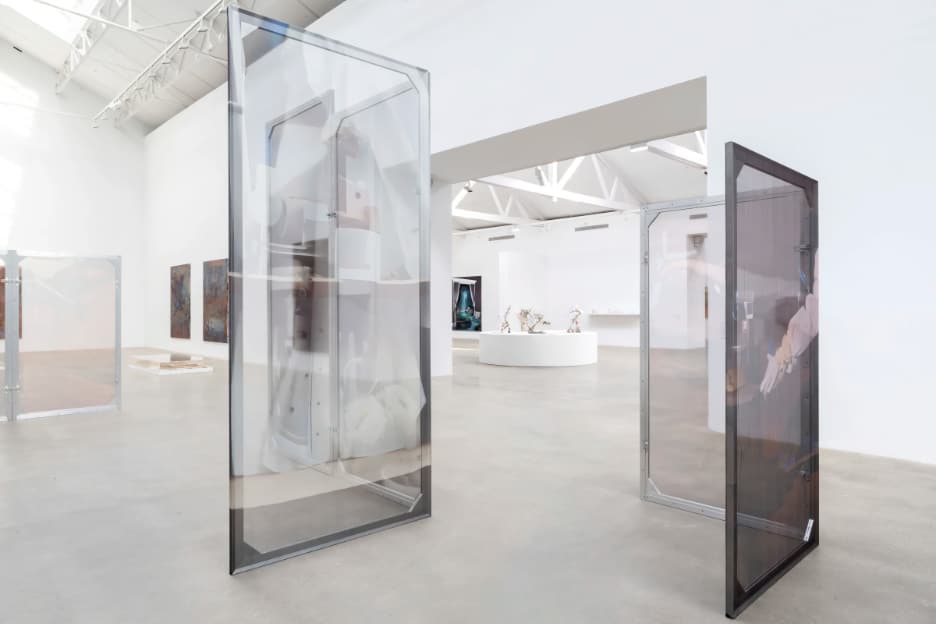
‘Re-enchantment’, Thaddeus Ropac
Reports
Letter from Paris
Ned McConnell
The cultural shift to mainland Europe is mirrored by economic turmoil in the UK, where new taxes and tariffs that have been applied to goods and services have forced businesses – including galleries and artists – to, if not leave UK shores, then certainly to open shop on the continent.
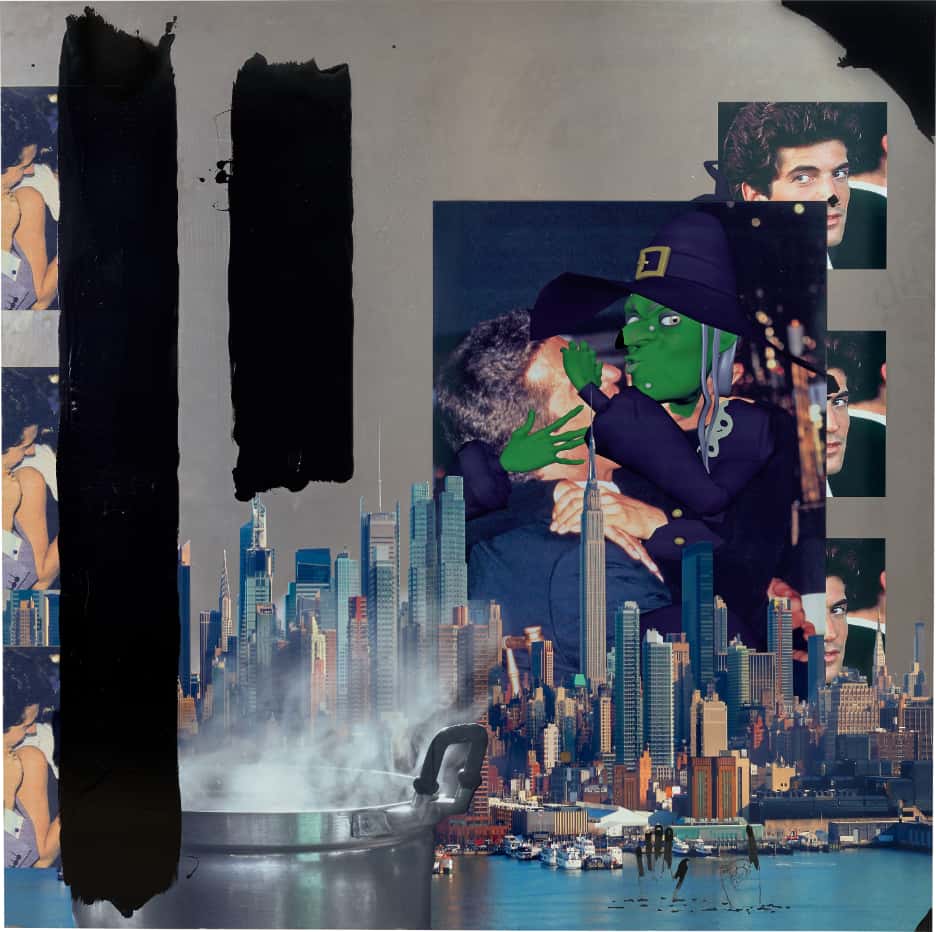
Jordan Wolfson, Untitled, 2018, estimate £80,000–120,000, sold for £196,850
Salerooms
Fair Warning
Colin Gleadell
In the less choreographed lower-value day sale, there was evidence, if you looked, that heavy losses were being suffered.
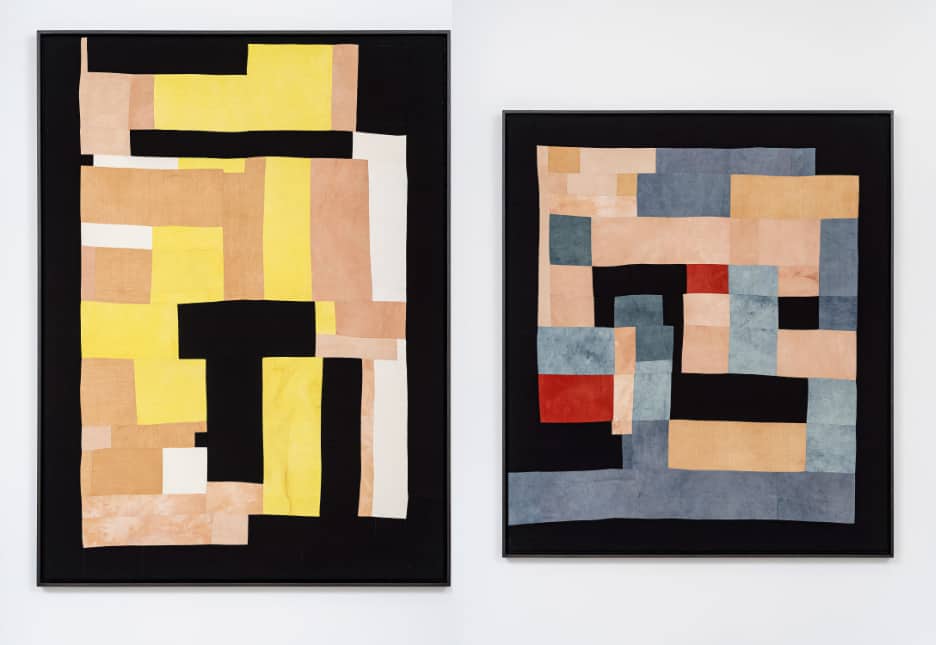
Yto Barrada, Untitled (cosmos yellow), Untitled (indigo grey), 2021, withdrawn by the artist from ‘Unravel: The Power and Politics of Textiles in Art’ at Barbican
Artlaw
Political Statements
Henry Lydiate
Censorship of artists and/or their works is typically imposed, by holders of levers of power and influence, to curb or cancel public expressions they judge to be unacceptable.




